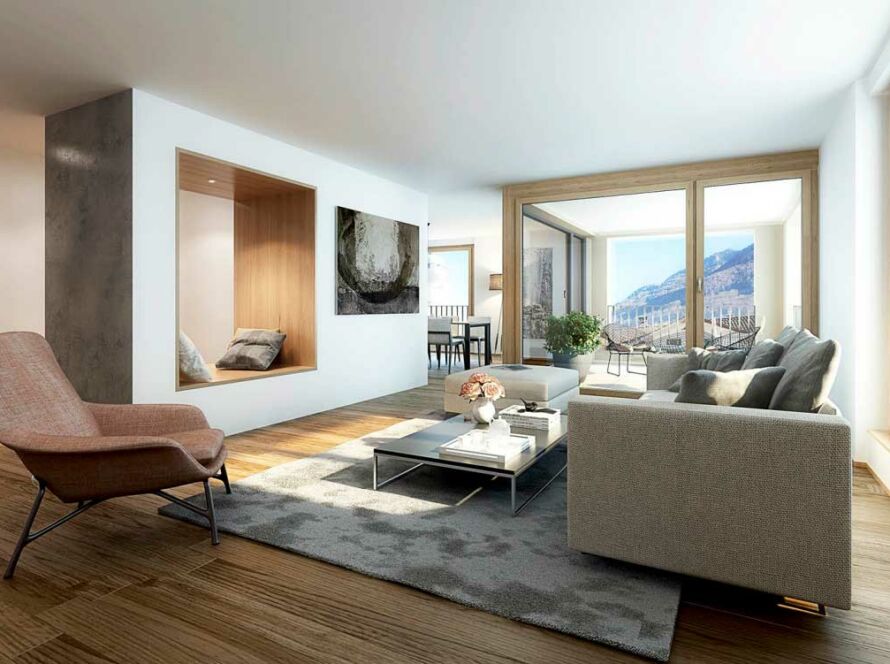Highrise buildings have become a symbol of luxury and urban living, offering breathtaking views, top-notch amenities, and prime location. As a result, owning a highrise property has become a symbol of success and prestige for many people. In this article, we take a closer look at the highrise price list and what it tells us about this exclusive world.
The Cost of Highrise Living
The cost of highrise living varies greatly depending on several factors, including location, size, and amenities. For example, a small studio in a highrise in a less desirable location may cost around $300,000, while a large penthouse in a prestigious building in a major city could cost upwards of $10 million.
One of the biggest drivers of highrise prices is location. Properties in prime locations, such as downtown areas or near popular tourist attractions, tend to command higher prices due to their convenience and accessibility. Additionally, highrise buildings located in desirable neighborhoods with a strong local economy may also carry a premium price tag.
What’s Included in the Highrise Price List?
When you’re considering purchasing a highrise property, it’s important to understand what is included in the price. Most highrise buildings offer a variety of amenities, such as 24-hour security, swimming pools, gyms, and rooftop gardens, which can add to the overall cost. Some highrise properties also include utilities, such as electricity and water, in their monthly fees.
Additionally, it’s worth considering the maintenance fees that come with highrise living. These fees, which are typically paid monthly or annually, cover the cost of maintaining and repairing common areas, such as elevators and lobbies. They also cover the cost of staff, such as security personnel and cleaning crews.

Influential factors for high-rise design price list
There are several factors that can impact the cost of high-rise building design:
- Location: The cost of construction materials, labor, and fees can vary greatly depending on the location of the building.
- Size: The larger the building, the more complex and expensive the design process will be.
- Architectural style: The design style of the building, such as contemporary or traditional, can impact the cost of materials and labor.
- Structural system: The type of structural system used, such as concrete or steel, can impact the cost of materials and labor.
- Building services: The cost of building services, such as HVAC, plumbing, and electrical systems, can have a significant impact on the overall cost of the design.
- Environmental considerations: Energy-efficient and sustainable design features, such as solar panels or green roofs, can add to the cost of the design.
- Permits and regulations: The cost of obtaining necessary permits and complying with building codes and regulations can impact the cost of the design.
- Professional fees: The cost of hiring architects, engineers, and other professional consultants can add significantly to the overall cost of the design.
- Quality of finishes: The cost of high-end finishes, such as marble or high-end fixtures, can increase the overall cost of the design.
- Time frame: The tighter the deadline for completion of the design, the higher the cost may be due to increased labor costs and rush fees.
- Level of detail: The more detailed the design, the more time-consuming and therefore more expensive the design process will be.
- Site conditions: The complexity of the site, such as a challenging topography or soil conditions, can impact the cost of the design.
- Integration of technology: The incorporation of cutting-edge technology, such as smart building systems, can increase the cost of the design.
These are some of the key factors that can impact the cost of high-rise building design. It’s important to consider these factors when estimating the cost of a building design project to ensure that you have a clear understanding of the potential expenses involved.
The Benefits of Highrise Living
Despite the high cost, there are many benefits to highrise living that make it an attractive option for many people. For one, highrise buildings offer unparalleled views, often providing residents with breathtaking panoramic views of the cityscape. They also offer a convenient and low-maintenance lifestyle, as many of the common areas, such as the grounds and building exterior, are taken care of by the staff.
In addition, highrise living can offer a sense of community and security, as most buildings have 24-hour security and strict access policies. This can provide residents with peace of mind and a sense of security, especially in busy urban areas.

Conclusion
Highrise prices can vary greatly depending on location, size, and amenities. When considering a highrise property, it’s important to understand what is included in the price and to factor in the monthly maintenance fees. Despite the high cost, highrise living offers many benefits, including breathtaking views, a convenient lifestyle, and a sense of community and security. Whether you’re a first-time buyer or an experienced investor, a highrise property can be a worthwhile investment for those looking for a luxurious and urban lifestyle.





